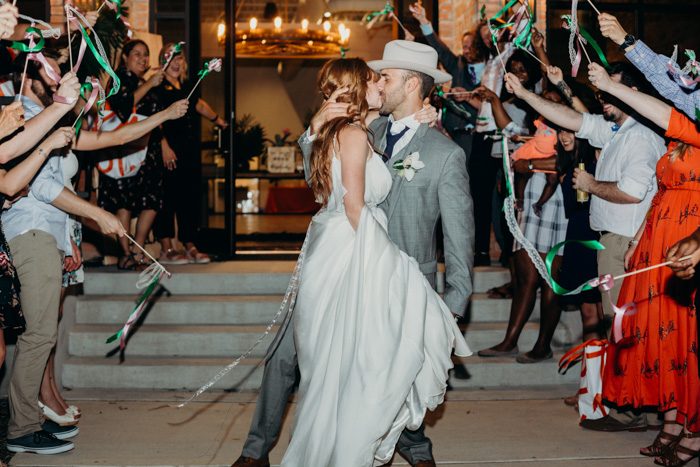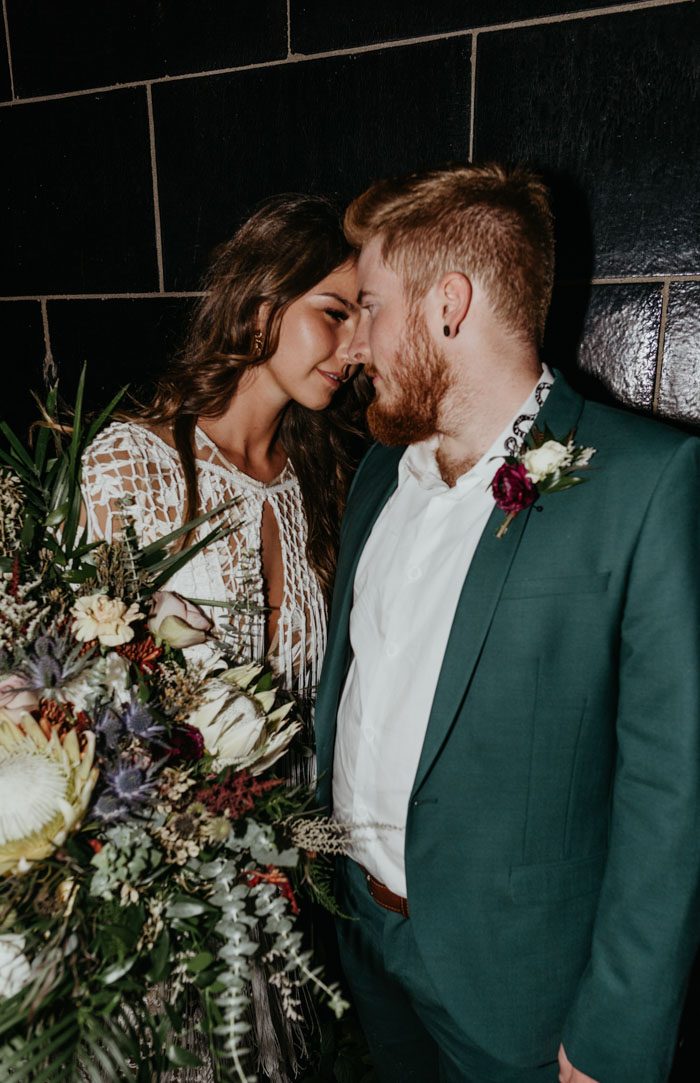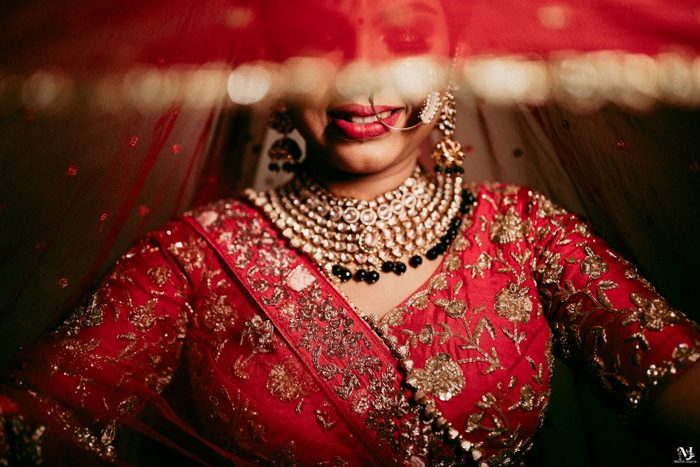
Photo by Kendall Nicole Studios
If you’re looking to spice up your nighttime wedding photography skills or maybe looking to experiment with new lighting equipment, you’ve come to the right place. From weather conditions to poor lighting—there are many uncontrollable situations that wedding photographers have to prepare for. The solution is often as simple as flash photography.
Experimenting with new techniques is an easy way to expand your photography business and prepare yourself to smoothly navigate future flash photography challenges. With this in mind, we’ve curated a list of flash photography tips to nail your next wedding reception.
Flash Photography Gear
First, let’s talk about the gear you’re going to need. Flash photography is as much about skill as it is about the proper gear. These are the pieces we’re going to talk about in our tips and that we recommend.
Speedlight
Speedlights are small portable flashes—secured to cameras or on light stands—that illuminate a scene and help enhance the exposure of a shot. They’re handy to photographers because of the portability and versatility. Unlike the pop-up flash on a DSLR, speedlight can rotate for a wide variety of lighting options. Not to mention they are easily paired to a remote, making it a useful tool for wedding photographers.
Softboxes
Softboxes are light modifiers that diffuse your flash into a soft and even light. They also eliminate harsh shadows on your subjects. Softbox options range from large studio lighting setups to portable setups that secure to cameras—perfect for snappy wedding photography.
Light Stands
Depending on the reception style, you may have the opportunity to set up and use multiple flashes to light up the space. This is where lighting stands become an important photography tool. Strategically placing off-camera light stands in dark-lit areas, plus utilizing softbox companions, will keep you from missing shots due to exposure.
Gels
There are reasons photographers use colored gels when using a flash. Gels can be used for color correcting an image or adding fun hues. These sheets are both handy and fun for wedding photographers to play around with.

Photo by Laurken Kendall
Flash Photography Tips
1. Use Bounce Flash Effect To Minimize Harshness
Direct flash can sometimes lead to harsh lighting and shadows. To avoid this try using the bounce flash effect. Rather than positioning your flash directly on the subject, try pointing it elsewhere like the surrounding walls or ceiling. This will literally bounce the flash off the walls before hitting your subject—making for a softer lighting effect.
2. Soften Your Flash Light With Softboxes
If you’re shooting an outdoor reception at night or a dark indoor reception, don’t panic. You can create jaw-dropping images with just a speedlight and softbox, paired with the natural ambiance of the venue’s lighting.
3. Use Colored Gels To Balance Color Temperature
Depending on the reception space, natural lighting can sometimes be hard to come by. As a photographer, it’s your job to be prepared for all lighting situations. Whether you’re dealing with harsh fluorescent lighting or dim yellow temperature lighting, colored gels are a great solution. They make it easier for wedding photographers to color correct in real-time—saving you on post-production editing time.
4. Use Flash Photography To Add Feeling
Flash doesn’t always need to be used for utility. It can also be used to add emotion and creativity to images. Lighting can be used to amplify your creativity and set your images apart. If you’re looking for creative ways to use your flash, try the backlighting effect by positioning the main light source behind your subjects.
5. Add Motion With A Long Exposure
Whether you’re photographing a sparkler exit or the guests on the dance floor—long exposures can add movement and bring life to your images. Longer exposures allow photographers to capture an entire scene rather than a still shot.
6. You Don’t Always Need A Flash
It’s important to keep in mind you don’t always need to add artificial lighting to a space. Test out the lighting first before jumping to grab your flash, softboxes, and light stands. You might be surprised by what you shoot. Embrace the gift of natural light whenever you can—it’ll make for beautiful images and can ease your post-shoot process.

Photo by Mohit Jaura Photography
Now that you’ve mastered our flash photography tips for both utility and creativity, you’re prepared for any lighting situation that is thrown your way!
As a wedding photographer, the editing process is just as important as capturing jaw-dropping images. If you’re looking to speed up your editing process, you won’t want to miss these top-notch wedding photography presets—recommended by our Photobug Facebook members.